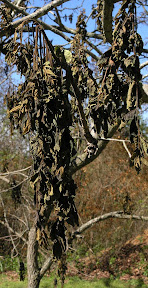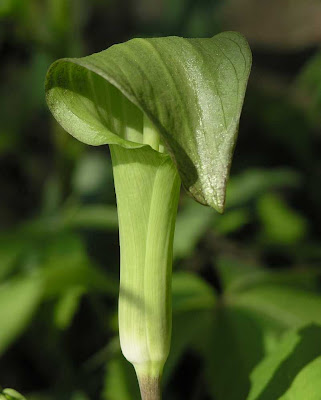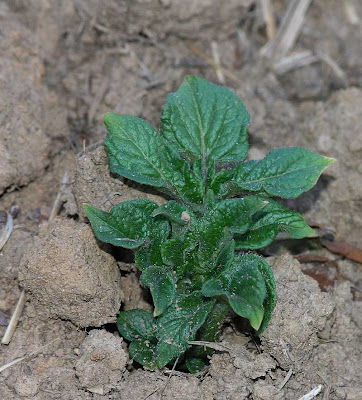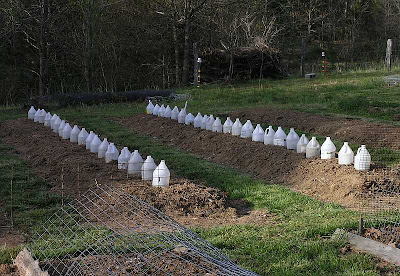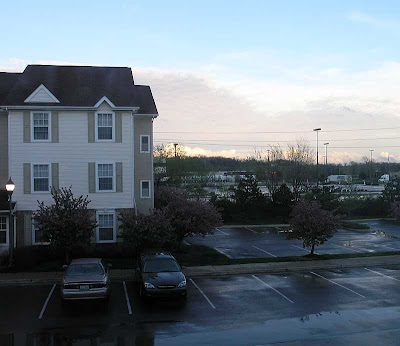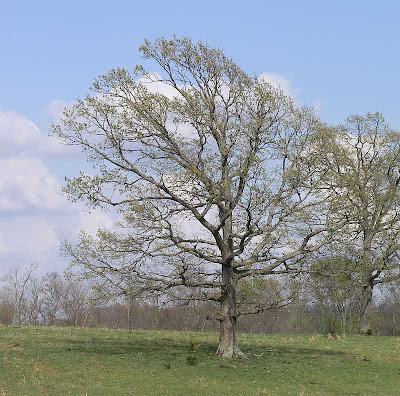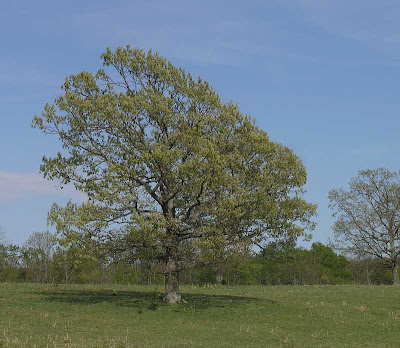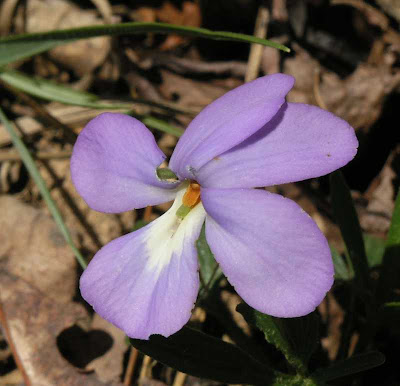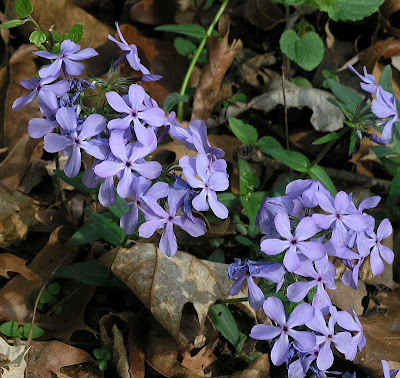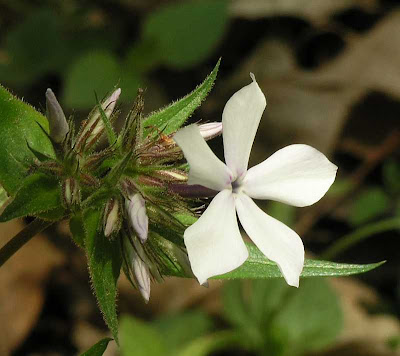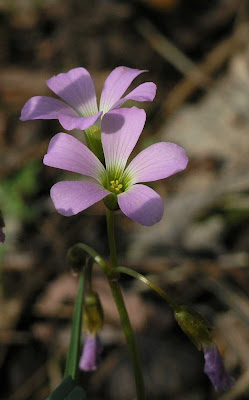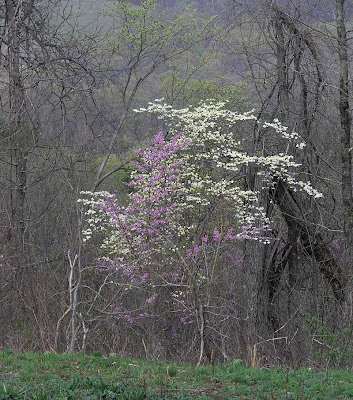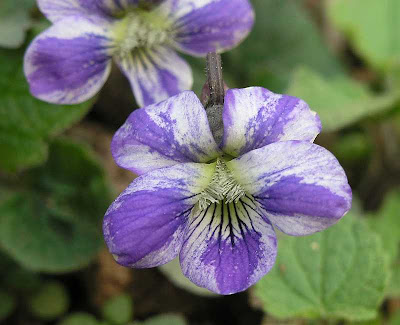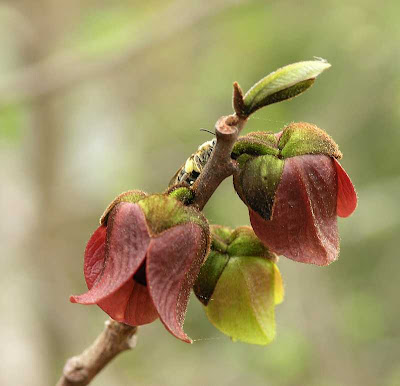The pawpaw is a delicious fruit indigenous to this country and was eaten by native Americans and early settlers. The fruit has a distinctive creamy custard texture and a sweet mango banana like flavor. It is excellent when eaten fresh, and delicious in puddings, cookies, pies, ice cream and breads. Pawpaw fruit is reported to be higher in proteins and carbohydrates than apples, peaches and grapes, and it contains high levels of amino acids, vitamins A and C, and many minerals.
Pawpaw ( Asimina triloba ) is the only temperate climate member of the tropical family Annonaceae, which includes the cherimoya, a cultivated fruit popular in the tropics. In the wild it grows from southern Michigan to Georgia and from the Atlantic coast to Kansas. It is generally found in the understory of wooded areas, especially in rich moist bottomlands and along streams. The tree will grow in well drained upland wooded areas, although in these locations the fruit may be less abundant and somewhat smaller.

The pawpaw is deciduous and reaches heights of 20 to 30 feet, occasionally 40 feet. If space and light allows, it will develop into a handsome cone-shaped specimen. The tree tends to send up off-shoots from stolons every few feet, a tendency which diminishes if confined to one trunk. The tree's large, drooping, elliptical leaves give it a tropical appearance. The leaves measure up to 12 inches long and 3 to 4 inches wide. In the autumn they turn a golden yellow.
The above was unceremoniously copied from the
Midwest Fruit Explorers Pawpaw page.Other Links:
Kentucky State UniversityMissouri Plants (great photos)
Kathy Bilton's Pawpaw Page (lots of links)
Zebra Swallowtail (The Zebra's only larval host plant is the Pawpaw tree.)
California Rare Fruit Growers

Pawpaws Are Blooming Too




